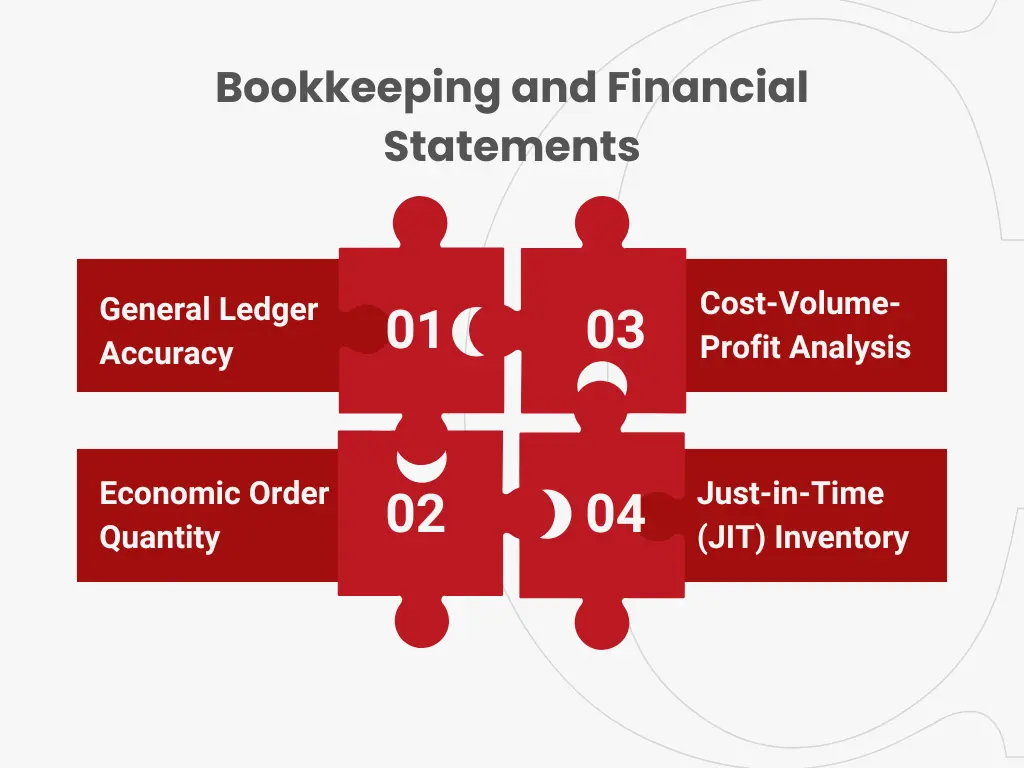
Fiscal Year in America: Key Dates and What They Mean for Your Business
The fiscal year plays a pivotal role in how businesses and governments manage taxes, financial reporting, and government policy. Whether you operate as a sole proprietorship or a large corporation, understanding your fiscal year is crucial for compliance, strategic planning, and overall financial success. This guide breaks down the key components, dates, and their significance for your business.
What is a Fiscal Year?
A fiscal year is a 12-month period used by businesses and governments for accounting purposes and financial reporting. It does not necessarily follow the traditional calendar year. While many companies align their fiscal year with the calendar year (January 1st to December 31st), others choose different timeframes to match their operational cycles or tax strategies. For instance, a business with a peak season in summer may start its fiscal year on July 1st and end it on June 30th.
Choosing a fiscal year that aligns with your business cycles can offer advantages in tax planning, budget management, and overall financial health.
Key Fiscal Year Dates and Their Significance
Understanding the fiscal year structure can be essential for your business. The start and end dates of the fiscal year you choose will determine the timing of your tax filings, financial reporting, and more.
Fiscal Year Start and End Dates
- Calendar Year: Businesses following the calendar year begin on January 1st and end on December 31st. Most businesses and small corporations choose this for simplicity in aligning tax filings with the IRS.
- Alternative Fiscal Year: Some businesses, particularly those with seasonal peaks like retail or agriculture, may opt for a fiscal year starting on July 1st and ending on June 30th. This allows businesses to align their financials with their busiest periods and provides a more accurate picture of profitability and cash flow.
- Government Fiscal Year: The U.S. government’s fiscal year runs from October 1st to September 30th. If your business interacts with government contracts or operates in sectors influenced by government spending, it is crucial to understand this for compliance and aligning with federal policies.
Why Fiscal Year Dates Matter for Your Business
1. Tax Return Deadlines and Year-End Planning
Your choice of fiscal year directly impacts your tax return deadlines. Most small businesses following the calendar year need to file taxes by April 15th. However, if you use a different fiscal year, you will need to adjust your tax filing schedules to reflect this.
- Year-End Planning: The final months of your fiscal year are critical for assessing retained earnings, operating profit, and planning around revenue recognition and amortization schedules. Year-end planning is essential for maximizing tax deductions and ensuring accurate reporting to stakeholders.
- Net Operating Loss (NOL): If your business faces a net operating loss (NOL), you can carry forward these losses to offset future taxable income. This is crucial for businesses in volatile industries where profits may fluctuate from year to year.
Effective year-end planning ensures that businesses can maximize deductions, prepare for tax filings, and position themselves well for the upcoming fiscal year.
2. Bookkeeping and Financial Statements
Your fiscal year has a direct impact on your bookkeeping and financial reporting practices. Having the right fiscal year can streamline how you prepare financial statements and submit reports to investors, shareholders, or financial institutions.
- General Ledger Accuracy: Ensuring that your general ledger reflects the correct fiscal year timeframe avoids discrepancies that could lead to costly errors or tax penalties.
- Cost-Volume-Profit Analysis: This method helps businesses make informed pricing and profitability decisions during the fiscal year. It allows businesses to analyze fixed and variable costs relative to their production and sales volumes.
- Economic Order Quantity: Businesses use this calculation to manage inventory efficiently throughout the year. Aligning these decisions with your fiscal year helps improve cash flow and minimize unnecessary holding costs.
- Just-in-Time (JIT) Inventory: Aligning JIT inventory practices with your fiscal year improves cash flow management and profitability by reducing excess stock while ensuring you can meet customer demand.
By aligning your bookkeeping practices with your fiscal year, businesses can gain a clearer financial picture and avoid tax filing complications.

The Role of the IRS and Other Regulatory Bodies
The Internal Revenue Service (IRS) oversees fiscal year choices and tax filings based on your business structure. Whether you’re a corporation, partnership, or sole proprietorship, your business tax obligations will be influenced by your fiscal year selection. For instance, corporations may face different deadlines compared to sole proprietorships.
The Securities and Exchange Commission (SEC) governs financial reporting standards for publicly traded companies, which usually follow specific fiscal year guidelines. Adhering to these standards ensures transparency and compliance in public financial disclosures.
- Depreciation Method: Choosing the right depreciation method—whether it’s straight-line or declining balance—is critical for fiscal-year-end reporting. It directly impacts how you account for asset depreciation over time and influences your tax deductions.
- Small Business Finances: For small businesses, selecting the right fiscal year and aligning their finances accordingly is essential for maximizing profitability, controlling expenses, and avoiding tax penalties.
Financial Strategies for Small Businesses
Small businesses, in particular, must take extra care in selecting the right fiscal year and managing their financial strategies around it.
1. Selecting the Right Fiscal Year
Most small businesses default to the calendar year for simplicity. However, those that experience significant seasonal fluctuations in revenue—such as retailers or agricultural businesses—may benefit from using a customized fiscal year.
- Aligning Inventory and Cash Flow: Align your JIT inventory and average collection period with your fiscal year for better operational control. This strategy helps maintain a balance between working capital and profitability, ensuring you don’t have excess or depleted resources during critical months.
2. Implementing Zero-Based Budgeting
Small businesses can also implement zero-based budgeting as an effective strategy for managing expenses. With this method, each expense must be justified for each new fiscal year, preventing overspending or wasteful allocation of resources.
- Rethinking Expenditures: By forcing business owners to reassess their expenses each fiscal year, zero-based budgeting focuses efforts on high-return activities, improving both profitability and resource allocation.
Optimize Your Financial Strategy with Capidel’s Expert Guidance
Effective fiscal management is crucial for any business’s long-term success. Whether you’re focused on tax planning, financial reporting, or streamlining your budgeting processes, making the right decisions can have a lasting impact on your company’s growth and stability.
Capidel Consulting offers tailored services to help businesses navigate the complexities of fiscal management, including:
- Strategic financial advisory
- Custom business planning and risk management
- Fractional CFO services
Let us partner with you to ensure your business thrives, whatever your fiscal year may be. Contact Capidel today for a consultation and take the next step toward optimizing your financial strategy.
